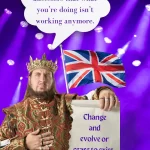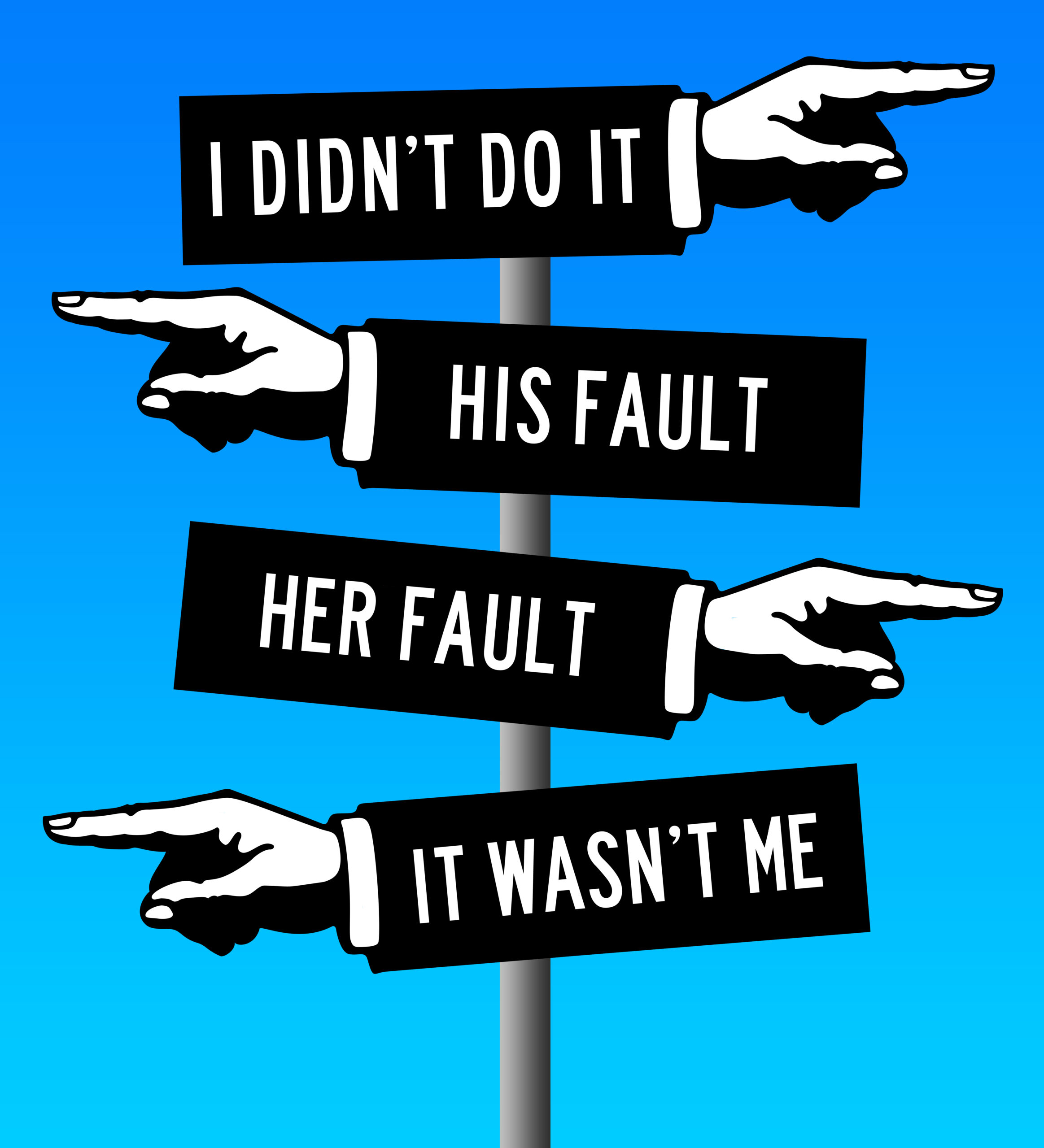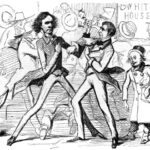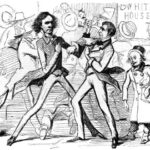First meetings are very interesting for a therapist. A person, couple or family comes in with a problem or concern, and I know nothing. I view each first meeting as an interesting movie, and the characters in the movie have no idea what to do about the problem they’re facing. The story I am about to hear involves a puzzle we need to solve, and I find every story I hear and every character in it fascinating. The work will be challenging. There will be surprises and there may be red herrings, gas lighting, and/or gut wrenching stories of unimaginable abuse. I take the challenge very seriously, and consider myself a sort of therapeutic Sherlock Holmes who is charged to solve the mystery of why their life isn’t working and how to create an environment so it will.
Most clients are at least a little bit nervous in that first meeting. I am going to take a health and family history from them, find out what they’re goals are, and do a session with them – asking lots of questions but also hoping to leave them with something really helpful they can start using right away.
Once the client or clients leave that first meeting, I usually have a pretty good idea of what is going on from a family dynamics standpoint, and I’m already on the scent of the root of the problem. What I usually will know is:
- How serious the problem is. There are tooth aches and then there are jaw breaks, and the more serious situations often need immediate, serious, attention and care. Physicians and other resources may need to be part of the process. If it’s serious, we get the ball rolling wherever and however, right away.
- How motivated the person or couple is. In therapy, motivation is everything – you can’t inspire a person to do much of anything if there is no interest or desire. People can be miserable in their lives, but not miserable enough to do the work to change. I bring everything I’ve got to be helpful, but some will choose to stay comfortably uncomfortable. The good news is that after the first session with an unmotivated client, I won’t give up hope that their desire for a healthier life will change.
- If they’re not leveling with me. Therapists can’t help people who are not honest, and I can often figure out when a client is not. How? If what people report doesn’t make sense, I know one or both are leaving out important information. Part of the challenge is, some people are covering something up, some are worried about what I’ll think of them, while others lie or have a perverted or distorted sense of reality.
- If the client perceives themselves as blameless. People with victim themes are easy to spot, and they’re in plentiful supply. They’re also some of the most difficult to work with. How can you create a journey of healthy change when a person cannot take responsibility for any part of the dysfunctional situation? We all play a role when relationships aren’t working.
- If pride and ego are going to be an issue. Humility is required for a great therapy result. If I encounter pride, ego and stubbornness, I think of it as an out-of-control bamboo patch that must be cleared before any meaningful work can be done.
- Whether addiction may be playing a role. There are many types and I ask about it in every first session My gut usually hones in on addiction quickly, if it’s there. If it is, it must be dealt with before much else can be done.
- How mentally stable a person is. Most therapists get a good feel for this in a first session using the client’s history and just visiting with them for a little while. Things people tell us, their tone, expressions and body language can be used as guideposts for understanding how they handle life situations. If the spouse is there, it’s even easier to figure out.
One thing that is always true, after the first meeting I know I’ve got my work cut out for me. Every person and case is different, and I do the best I can to help people in a way that is suitable for them.

 Becky Whetstone is an Arkansas native and has a Ph.D. in Marriage and Family Therapy from St. Mary’s University in San Antonio, Texas. She is a Licensed Marriage and Family Therapist (LMFT) in Texas and Arkansas.
Becky Whetstone is an Arkansas native and has a Ph.D. in Marriage and Family Therapy from St. Mary’s University in San Antonio, Texas. She is a Licensed Marriage and Family Therapist (LMFT) in Texas and Arkansas. 





















































































































